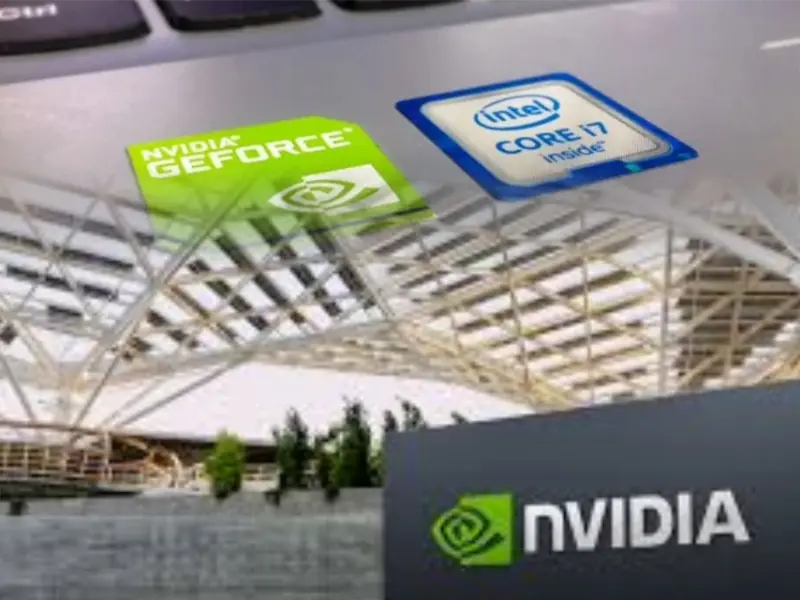- Supply chain resilience and risk management are priorities for NVIDIA to mitigate disruptions and ensure business continuity.
- Digital transformation and technology adoption drive efficiency and visibility in NVIDIA’s supply chain operations.
- Sustainability and corporate responsibility are key focus areas, with NVIDIA promoting ethical practices and environmental stewardship in its supply chain.
NVIDIA’s supply chain strategy is a critical component of the company’s success in the semiconductor industry, enabling it to develop and deliver cutting-edge GPUs and semiconductor products to a diverse range of customers.
Vertical integration and manufacturing excellence
NVIDIA’s vertical integration strategy involves owning and controlling key stages of the manufacturing process, including chip design, fabrication, and assembly. This vertical integration allows NVIDIA to optimise production efficiency, quality control, and time-to-market for its products.
By leveraging its manufacturing expertise and facilities, such as its state-of-the-art fabrication plants, NVIDIA can drive innovation and maintain a competitive edge in the industry.
Also read: Intel reveals details of new AI chip to take on Nvidia
Strategic partnerships and supplier collaboration
NVIDIA forms strategic partnerships with a select group of suppliers, including semiconductor foundries, memory manufacturers, and component suppliers. These partnerships are built on trust, collaboration, and shared goals of innovation and excellence.
By working closely with suppliers, NVIDIA can access the latest technologies, secure a stable supply of critical components, and drive mutual growth and success in the semiconductor ecosystem.
Supply chain resilience and risk management
NVIDIA prioritises supply chain resilience and risk management to mitigate potential disruptions and ensure business continuity. The company conducts thorough risk assessments, implements contingency plans, and diversifies its supplier base to minimise vulnerabilities.
By proactively addressing supply chain risks, such as geopolitical issues, natural disasters, and market fluctuations, NVIDIA can maintain operational stability and meet customer demand effectively.
Also read: China acquired banned Nvidia chips in Super Micro, Dell servers
Digital transformation and technology adoption
NVIDIA embraces digital transformation and technology adoption in its supply chain operations to enhance efficiency, visibility, and decision-making. The company leverages advanced technologies, such as artificial intelligence, data analytics, and IoT devices, to optimise supply chain processes, improve forecasting accuracy, and enhance inventory management. By harnessing the power of data and automation, NVIDIA drives operational excellence and agility in its supply chain operations.
Sustainability and corporate responsibility
NVIDIA is committed to sustainability and corporate responsibility in its supply chain practices. The company focuses on reducing its environmental impact, promoting ethical sourcing practices, and upholding labour and human rights standards.
NVIDIA works with suppliers to ensure compliance with sustainability criteria, such as reducing carbon emissions, minimising waste, and promoting fair labour practices, aligning with its commitment to environmental stewardship and social responsibility.
Continuous improvement and customer focus
NVIDIA’s supply chain strategy is driven by a culture of continuous improvement and customer focus. The company seeks feedback from customers, monitors market trends, and adapts its supply chain processes to meet evolving customer needs and preferences.
By prioritising customer satisfaction and responsiveness, NVIDIA enhances its competitiveness, fosters long-term relationships with customers, and drives innovation in its product development and supply chain operations.

